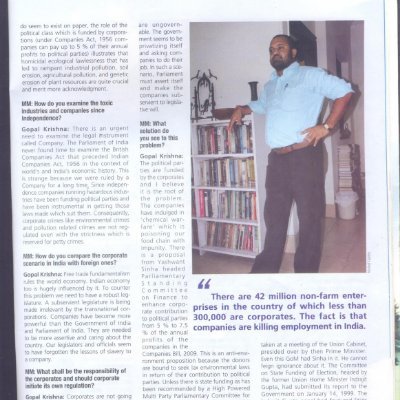Have you ever wondered why the meaning of sorting in computing (ordering or ranking) is different from its everyday meaning (dividing into piles or categories)? The answer has to do with the history of sorting going back 130 years and turns out to be really interesting.
Here’s an IBM card sorter (probably a type 083 from the 1950s). It is sorting punch cards into 10 piles based on a particular digit (units digit, tens’ digit, etc.) The operator can specify which digit/column to sort on by turning a knob. youtube.com/watch?v=jJH2al…
Suppose each card has a 3 digit number, and we do 3 passes through the machine — first sorting the unit digit, then tens, then hundreds. After each pass we collect the cards from the piles in order. Voila — the cards are now numerically ordered! This is the radix sort algorithm.
@random_walker In my first programming job, I used a keypunch. I set up the punch with a drum card, which made it automatically punch a serial number in columns 73-80. This was very handy in case I dropped a deck, because I could run it through a sorter like this & put the deck back together.
@random_walker @sunil_abraham Will one be wrong if one said Arghya Sengupta was part of conflict of interest ridden Data Protection Committee. He Opposed fundamental right to privacy. Can one be lawyer for state & also director of an institution. one senior advocate resigned from directorship coz of it.



